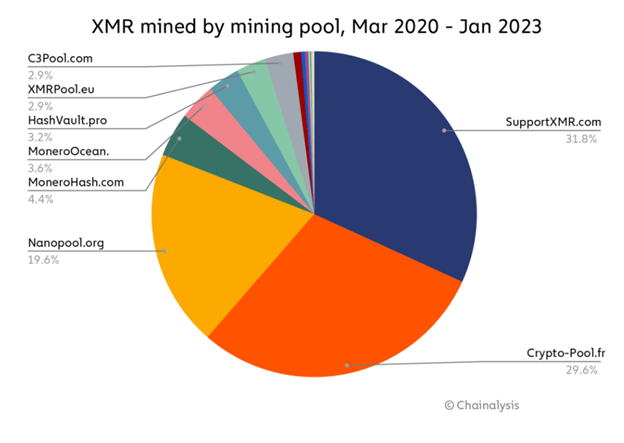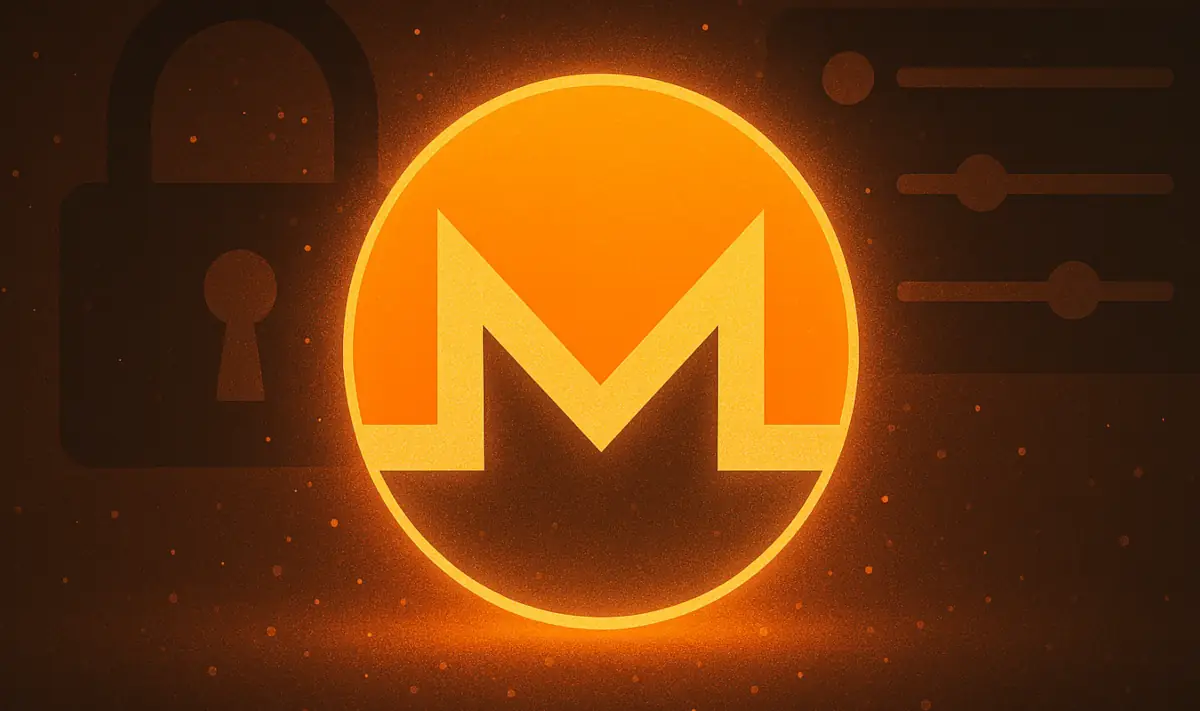Privacy has become both a promise and a problem in the cryptocurrency sector. Among digital coins, one name stirs more controversy than others – Monero (XMR). While some call it the champion of privacy, regulators and exchanges often treat it as a threat.
In a space where transparency is usually celebrated, Monero dares to go the opposite way. That unique stance has made it popular among those who value anonymity, but it’s also the reason behind its frequent disappearances from major trading platforms.
Table of Contents
History of Monero (XMR)
Monero didn’t appear out of thin air. Its origins date back to Bytecoin, a lesser-known digital coin launched in 2012. Bytecoin was the first to use CryptoNote, a technology built to support private transactions. Although Bytecoin failed to gain traction, it laid the groundwork for something stronger.
Monero itself was born in 2014, forked from Bytecoin by a mysterious developer known only as “thankful_for_today”. The project was later picked up by a group of developers, including Riccardo Spagni, also known as “Fluffypony”, who became a well-known face of the coin’s development. The team pushed Monero’s features even further, eventually introducing the RandomX mining algorithm to enhance decentralization.
The core of Monero’s appeal lies in three major things: full privacy, strong fungibility, and flexible scalability. Each coin is indistinguishable from another, and each transaction blends into the crowd. Monero even allows its blockchain to adjust depending on how many users are active, which helps keep fees low and speeds up transactions when traffic gets heavy.
A Coin Built on Privacy, Not Popularity
Monero is known for doing something most other cryptocurrencies avoid – it hides. Every transaction is cloaked using techniques like ring signatures, stealth addresses, and RingCT. This level of secrecy makes it impossible to know who sent what, to whom, and how much.
Unlike Bitcoin or Ethereum, which operate on visible ledgers, Monero ensures every user remains anonymous. The result is a currency that behaves more like physical cash, where transactions leave no trail behind. It’s this very invisibility that sets Monero apart and gives it its strong identity in a sea of coins chasing transparency.
That focus on privacy doesn’t come without consequences. While many crypto users admire Monero’s approach, financial regulators and some governments do not. For them, the inability to trace funds raises alarms over illicit use. As a result, many exchanges have either removed Monero or chosen never to list it at all.
How to mine Monero?
One of Monero’s defining features is its mining process. While Bitcoin relies on expensive, specialized hardware, Monero encourages participation from everyday users. Its RandomX algorithm is designed to work well with standard CPUs, making it easier for newcomers to join the network.
Even better, Monero supports something called smart mining. It uses leftover processing power when a computer isn’t busy, meaning it can mine without draining energy or disrupting work. This democratic mining method keeps power from collecting in the hands of a few and gives average users a shot at rewards.
Between March 2020 and January 2023, three mining pools controlled over 80% of rewards in a Chainalysis report, raising centralization concerns.

Why Exchanges Keep Dropping Monero
The road for Monero has grown tougher. On February 7, 2024, Binance – one of the largest crypto exchanges – announced it would no longer support Monero. The reason? Monero’s privacy features made it hard to meet compliance demands. This move signaled a clear message that regulators are tightening their grip.
Just months later, in October 2024, Kraken informed its European users that Monero would be delisted. Trading and deposits ended on October 31, and users had until December 31 to withdraw their funds. Kraken pointed to new laws across the European Economic Area that left no room for untraceable assets.
Bittrex, another major platform, acted even earlier. Back in January 2021, it removed Monero, also citing changing regulations. These weren’t isolated actions. The trend extended far beyond just one region.
Global Rejection of Hidden Coins
Japan was among the first countries to clamp down. In 2018, the Financial Services Agency pushed local platforms like Coincheck to delist Monero. Their concern centered on risks tied to anonymous transactions. South Korea followed suit, with UpBit and others withdrawing support due to mounting pressure from their financial watchdogs.
In Europe, the Markets in Crypto-Assets (MiCA) law is tightening controls. Alongside stricter anti-money laundering measures, this framework aims to block crypto tools that hide user identity. For Monero, this puts a spotlight on everything that makes it unique – and threatens its existence on mainstream platforms.
As centralized exchanges distance themselves, users have turned to peer-to-peer systems. But even these are disappearing. LocalMonero, once a go-to hub for trading Monero directly with others, shut down amid these regulatory waves.
Conclusion: Privacy Comes at a Price
Monero doesn’t fit the mold of modern cryptocurrency. It doesn’t want to be seen, and for that reason, it often gets silenced. From its mysterious birth in 2014 to its removal from major platforms in 2024, the story of Monero is one of quiet defiance.
The coin has carved out a loyal following, yet it faces growing opposition from governments and institutions. As more laws crack down on anonymity, Monero’s fight to stay alive will only get harder. But for those who believe in digital freedom, that fight might just be worth it.
Read also: Not Your Keys, Not Your Crypto: Why You Should Have a Cold Wallet




